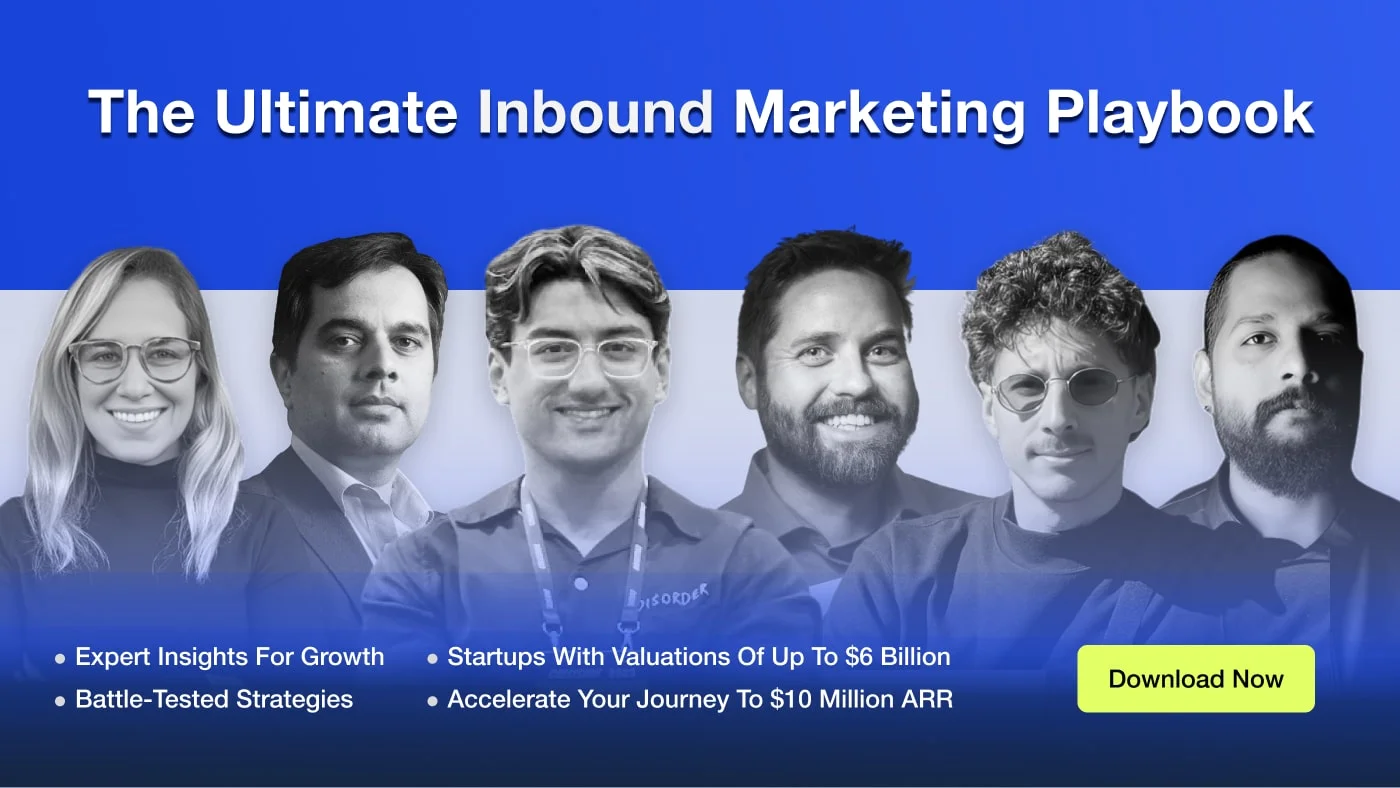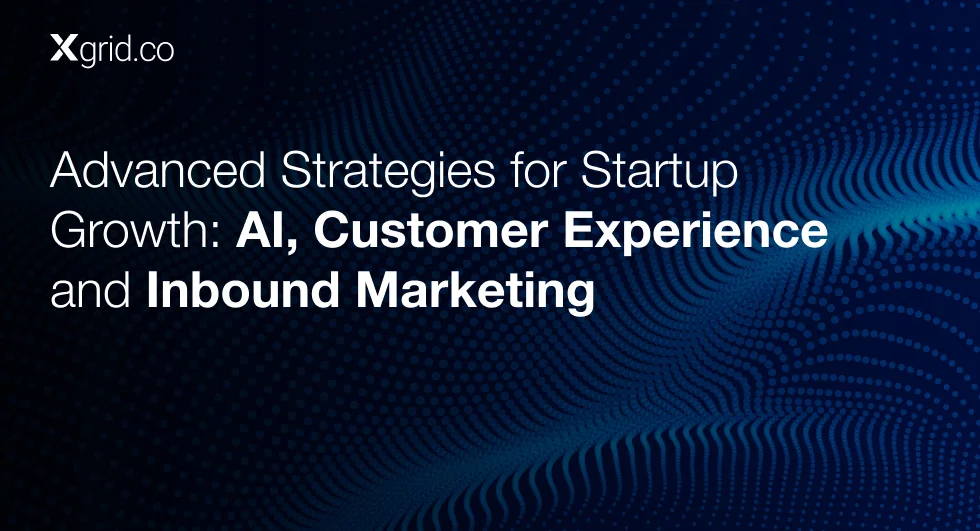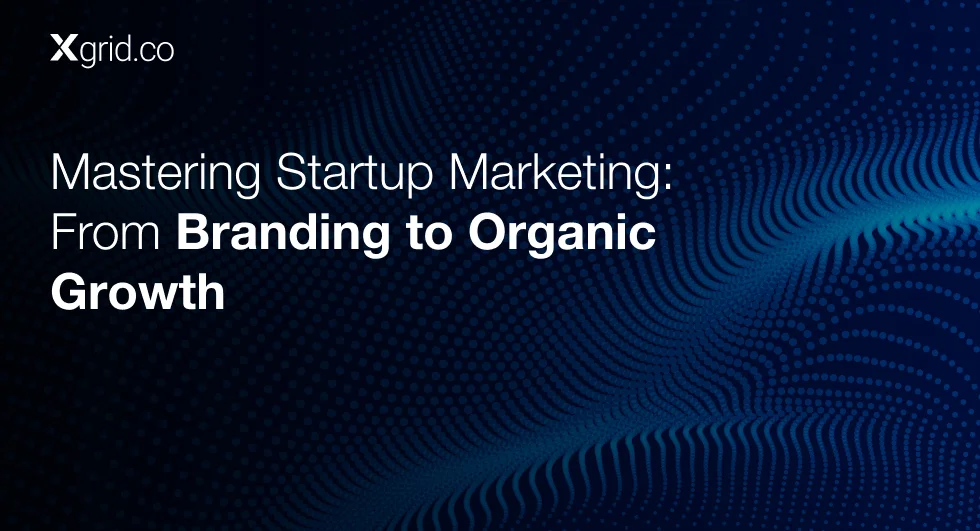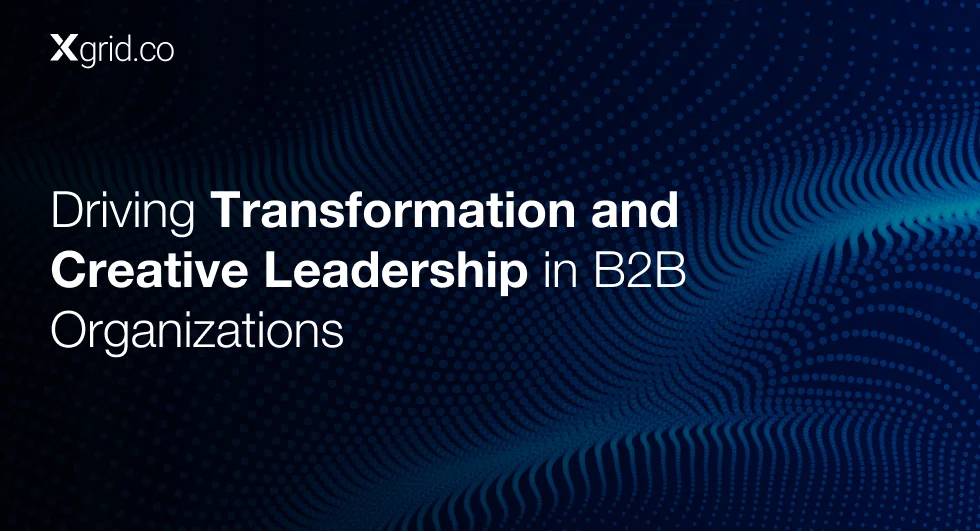Why do you need to add the “Unaware Layer” to Your Buyer’s Journey?
As Saad Khan, a GTM Consultant, explains, “I believe there’s an additional layer we should consider: the unaware layer… when people are window shopping.”
This layer engages individuals who aren’t ready to buy but are open to learning more, positioning your brand as a resource and guiding potential customers towards awareness and ultimately, purchase.
The Importance of the Unaware Layer
The “unaware layer” targets potential buyers who are not actively searching for a product or service but are passively engaging with content.
These customers may not even realize they have a problem that needs solving or may be in the early stages of researching solutions.
Instead of pushing for an immediate sale, the goal is to build awareness and plant seeds of interest that will eventually lead to action.
This layer is crucial for early-stage startups, as it provides an opportunity to engage with potential customers long before they enter the traditional marketing funnel.
By engaging with the unaware audience, businesses can nurture these prospects organically and build relationships based on trust and education.
Building Content for the Unaware Layer
Content creation plays a pivotal role in capturing the attention of unaware audiences. Since these customers aren’t actively looking for your product, your content needs to meet them where they are. It should provide value without demanding an immediate commitment.
Here’s how to build effective content for the unaware layer:
1. Focus on Educational and Insightful Content
The unaware audience is not ready for a hard sell. Instead, they are seeking content that educates and informs without pushing for a purchase.
Think of blog posts, podcasts, and webinars that provide industry insights, thought leadership, or problem-solving ideas.
This content builds credibility and establishes your brand as a trusted resource.
As Saad Khan notes, “The unaware layer is when people are window shopping, the unaware people are engaging with blogs, webinars, and articles.”
They aren’t ready to make a decision but are curious enough to learn. Engaging them with insightful content draws them deeper into the funnel.
- Actionable Tip: Create evergreen content such as industry reports, how-to guides, and educational blogs that speak to common challenges in your field. This content should be easily discoverable via SEO or social media channels.
2. Leverage Case Studies and Success Stories
Case studies and real-world examples can be incredibly effective at capturing the attention of window shoppers.
By sharing stories of other customers who faced similar challenges and achieved success with your product, you subtly position your solution without being overtly promotional.
Consider the case study of Dooley, which saw a significant increase in qualified pipeline by targeting the unaware layer.
Their content-driven approach captured the attention of window shoppers and nurtured them into engaged prospects.
“The unaware layer is when people are window shopping…they accumulate scores based on their activity,” Khan explains.
By tracking engagement and nurturing interest, Dooley was able to move potential customers from passive curiosity to active engagement.
- Actionable Tip: Highlight specific challenges and solutions in your case studies. Focus on storytelling that resonates with common pain points in your target audience.
3. Create Engaging Visual Content
Since the unaware audience is likely to be browsing casually, visual content can be a powerful tool.
Infographics, social media videos, and short, digestible clips can quickly capture attention and deliver value in a format that is easy to consume.
Video content, in particular, is highly effective at engaging passive audiences.
A short explainer video can introduce a problem and hint at a solution, without demanding too much of the viewer’s time or attention.
- Actionable Tip: Create a series of short, informative videos or infographics that address common challenges or trends in your industry. Use these assets to build awareness across social media platforms.
4. Engage Through Social Proof and Testimonials
Unaware prospects are often looking for validation. Social proof, such as customer testimonials or user reviews, can provide the reassurance they need to explore your product further.
Showcasing real people using and benefiting from your product humanizes your brand and makes your solution feel more tangible.
- Actionable Tip: Use customer testimonials in blog posts, on social media, or as quotes within your landing pages. Highlight specific outcomes that demonstrate how your product has solved key problems for others.
Nurturing the Unaware Layer into Awareness
While engaging the unaware audience is a significant first step, the goal is to move them further into the funnel and guide them toward awareness.
This process takes time and requires a thoughtful approach to content and engagement.
Here’s how to nurture these prospects into active buyers:
1. Provide Clear CTAs Without Pushing for a Sale
Calls to action (CTAs) for unaware prospects should not be direct asks for a sale or sign-up.
Instead, focus on low-commitment CTAs that encourage further engagement, such as subscribing to a newsletter, downloading a whitepaper, or attending a webinar.
As Saad Khan suggests, “Rather than pushing them through an automated sales funnel, why not ask them directly why they were interested?”
This personalized approach makes the prospect feel valued and understood, setting the stage for deeper engagement later.
- Actionable Tip: Offer CTAs that provide value without requiring a major commitment. Focus on free resources, sign-ups for more content, or invitations to participate in educational events.
2. Use Progressive Engagement Techniques
Once an unaware customer engages with your content, continue nurturing them by progressively increasing their involvement.
This might start with passive content, like a blog post, but should evolve into more interactive content, such as webinars, live demos, or Q&A sessions.
As engagement increases, you can begin to introduce more product-specific content, slowly guiding the customer from curiosity to consideration.
- Actionable Tip: Create a content journey where unaware prospects start with low-commitment content and gradually engage with more in-depth material. Track their engagement levels to know when to introduce more specific product information.
3. Monitor Engagement Metrics
To move unaware prospects into the next layer of the funnel, it’s essential to track their engagement.
Metrics such as time spent on a blog, video watch rates, or repeat visits to your website can provide valuable insights into how engaged a prospect is.
By understanding which content resonates most with your audience, you can refine your strategy and deliver the right content at the right time.
- Actionable Tip: Implement tools like HubSpot or Google Analytics to monitor how your audience interacts with your content. Use this data to refine your content strategy and identify when prospects are ready for deeper engagement.
The concept of the unaware layer plays a crucial role in guiding potential customers down the buyer’s journey. However, to truly build a comprehensive strategy, you need to think about broader marketing techniques like influencer marketing vs paid ads.
Conclusion
The unaware layer is an often overlooked but critical component of the modern buyer’s journey. By creating educational, engaging content that speaks to window shoppers, startups can build trust and guide these prospects into the funnel naturally.
As Saad Khan rightly points out, “The unaware layer is when people are window shopping… engaging them with blogs, webinars, and articles can subtly introduce them to your brand and start guiding them toward deeper awareness and consideration.” By focusing on nurturing rather than selling, you can organically move potential customers toward action.
Once you’ve implemented the unaware layer into your buyer’s journey, you’ll begin to see the impact on your pipeline. Want to see how this plays out in real life? Our next article offers a detailed case study on Dooley’s pipeline growth with awareness strategies.
Downloads
Article (PDF-276 KB)MOST POPULAR INSIGHTS
- Advanced Strategies for Startup Growth: AI, Customer Experience, and Organic Marketing
- Mastering Startup Marketing: From Branding to Organic Growth
- Driving Transformation and Creative Leadership in B2B Organizations
- Crafting Impactful B2B Campaigns: Emotional Messaging, Awareness, and Empathy
- Building Brands and Campaigns on a Startup Budget with AI Efficiency
Related Articles
Related Articles

Established in 2012, Xgrid has a history of delivering a wide range of intelligent and secure cloud infrastructure, user interface and user experience solutions. Our strength lies in our team and its ability to deliver end-to-end solutions using cutting edge technologies.
OFFICE ADDRESS
US Address:
Plug and Play Tech Center, 440 N Wolfe Rd, Sunnyvale, CA 94085
Dubai Address:
Dubai Silicon Oasis, DDP, Building A1, Dubai, United Arab Emirates
Pakistan Address:
Xgrid Solutions (Private) Limited, Bldg 96, GCC-11, Civic Center, Gulberg Greens, Islamabad
Xgrid Solutions (Pvt) Ltd, Daftarkhwan (One), Building #254/1, Sector G, Phase 5, DHA, Lahore





